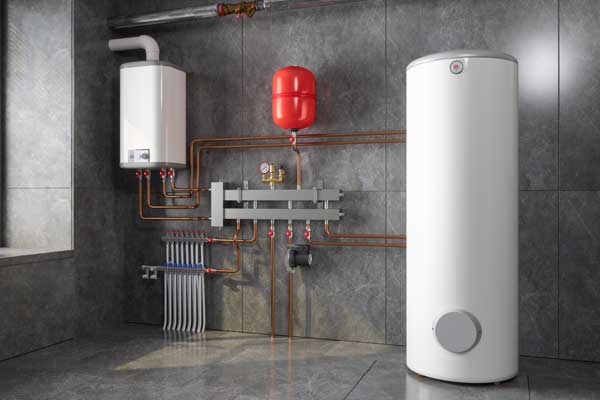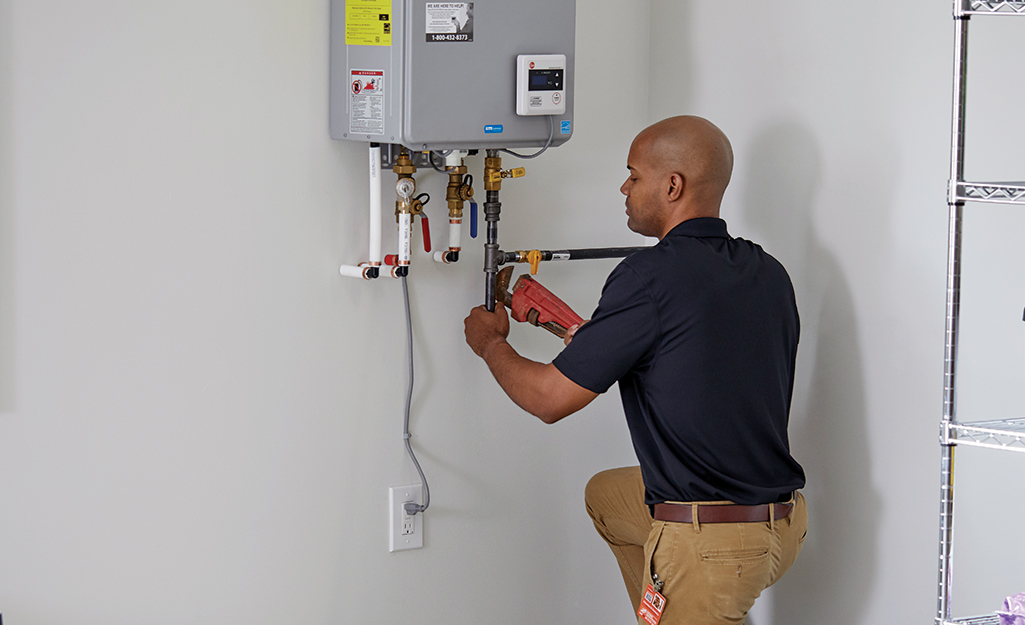We've come across the article pertaining to Tips on Maintaining a Water Heater below on the web and concluded it made perfect sense to quickly share it with you over here.

Hot water is crucial for daily comfort, whether it's for a revitalizing shower or washing recipes. To ensure your warm water system runs successfully and lasts longer, routine upkeep is key. This post provides functional pointers and insights on exactly how to keep your home's hot water system to avoid disturbances and pricey fixings.
Intro
Maintaining your home's hot water system might seem complicated, yet with a couple of simple steps, you can ensure it operates efficiently for many years to find. This overview covers every little thing from recognizing your warm water system to do it yourself upkeep ideas and recognizing when to call specialist help.
Relevance of Keeping Your Warm Water System
Normal upkeep not just expands the life expectancy of your warm water system yet additionally ensures it operates effectively. Ignoring upkeep can lead to decreased effectiveness, greater power costs, and even premature failing of the system.
Signs Your Hot Water System Requirements Upkeep
Knowing when your hot water system needs focus can prevent major problems. Keep an eye out for signs such as inconsistent water temperature level, strange noises from the heating unit, or corroded water.
Understanding Your Hot Water System
Before diving right into upkeep tasks, it's useful to comprehend the standard components of your hot water system. Usually, this consists of the water heater itself, pipelines, anode poles, and temperature level controls.
Monthly Upkeep Tasks
Regular monthly checks can assist capture small concerns prior to they escalate.
Flushing the Hot Water Heater
Purging your hot water heater gets rid of sediment accumulation, improving efficiency and prolonging its life.
Checking and Replacing Anode Rods
Anode poles protect against rust inside the storage tank. Examining and replacing them when broken is vital.
Checking and Adjusting Temperature Settings
Readjusting the temperature level setups guarantees optimal performance and safety and security.
Do It Yourself Tips for Upkeep
You can execute numerous upkeep jobs on your own to maintain your warm water system in leading problem.
Looking for Leakages
Routinely inspect pipelines and links for leaks, as these can lead to water damages and greater expenses.
Testing Stress Alleviation Valves
Evaluating the pressure safety valve guarantees it functions correctly and protects against extreme pressure buildup.
Shielding Pipes
Insulating warm water pipes reduces warmth loss and can save energy.
When to Call a Specialist
While DIY maintenance is valuable, some problems require specialist know-how.
Complicated Issues Needing Professional Aid
Examples include significant leaks, electric problems, or if your hot water heater is constantly underperforming.
Routine Expert Maintenance Advantages
Specialist maintenance can consist of complete evaluations, tune-ups, and making certain compliance with safety and security requirements.
Verdict
Regular upkeep of your home's hot water system is essential for performance, durability, and cost financial savings. By complying with these tips and understanding when to look for expert help, you can make sure a reputable supply of warm water without unforeseen disruptions.
How to Maintain an Instant Hot Water Heater
Before tinkering with your hot water heater, make sure that it’s not powered on. You also have to turn off the main circuit breaker and shut off the main gas line to prevent accidents. Also turn off the water valves connected to your unit to prevent water from flowing into and out of the appliance. 2. When you’re done, you have to detach the purge valves’ caps. These look like the letter “T” and are situated on either side of the water valves. Doing so will release any pressure that has accumulated inside the valves while at the same time avoid hot water from shooting out and burning your skin. 3. When the purge valves’ caps are removed, you have to connect your hosing lines to the valves. Your unit should have come with three hoses but if it didn’t, you can purchase these things from any hardware or home repair shops. You can also get them from retail stores that sell water heating systems. Read the user’s manual and follow it to complete this task properly. When the hosing lines are connected, open the purge port’s valves. 4. You should never use harsh chemical cleaners or solutions when cleaning your unit. Make use of white vinegar instead. It should be undiluted and you’ll probably use about 2 gallons. 5. Now flush your water heater. This task should probably take about 40 minutes. We can’t give you specific directions for this because the procedure is carried out depending on the type, model and brand of your heater. With that being said, refer to the user’s manual. 6. When you’re done draining the unit, you have to turn off the purge port valves again. Remove the hosing lines that you earlier installed on each of the water valves. Put the valve caps (purge port) back in their respective places and be very careful so as not to damage the rubber discs that are found inside these caps. 7. Now that everything’s back in place, check your user’s manual again to find out how to reactivate your water heating system. 8. Once it is working, turn one of your hot water faucets on just to let air pass through the heater’s water supply pipes. Leave the tap on until water flows smoothly out of it. https://www.orrplumbing.com/blog/2014/september/how-to-maintain-an-instant-hot-water-heater/

Do you like reading about Tips For Maintaining Your Hot Water Heater? Leave a short review down below. We will be pleased to listen to your suggestions about this blog. We hope to see you back again soon. Sharing is caring. You never know, you might be helping someone out. Thanks a lot for your time. Revisit us soon.
Estimate